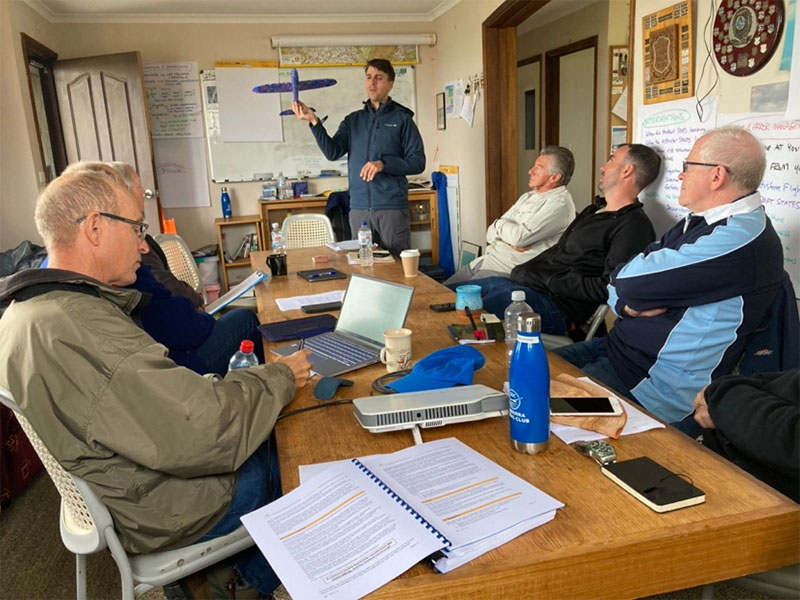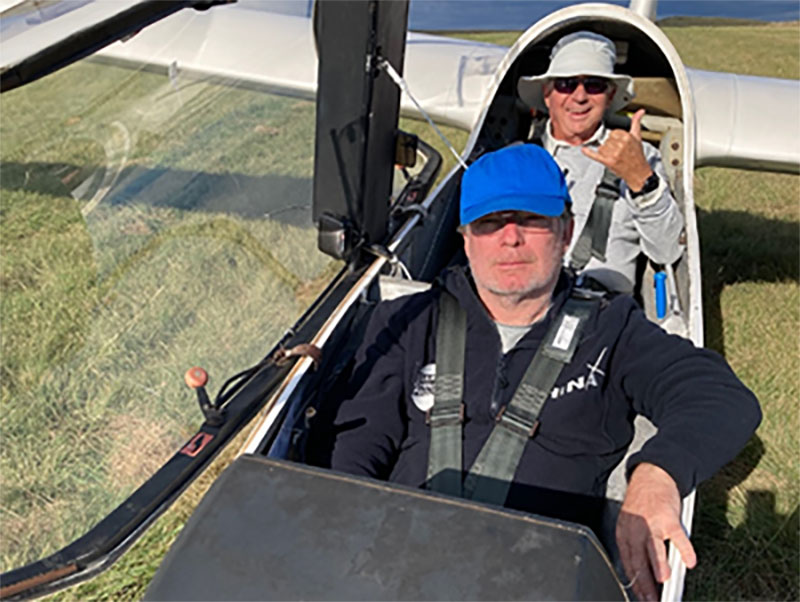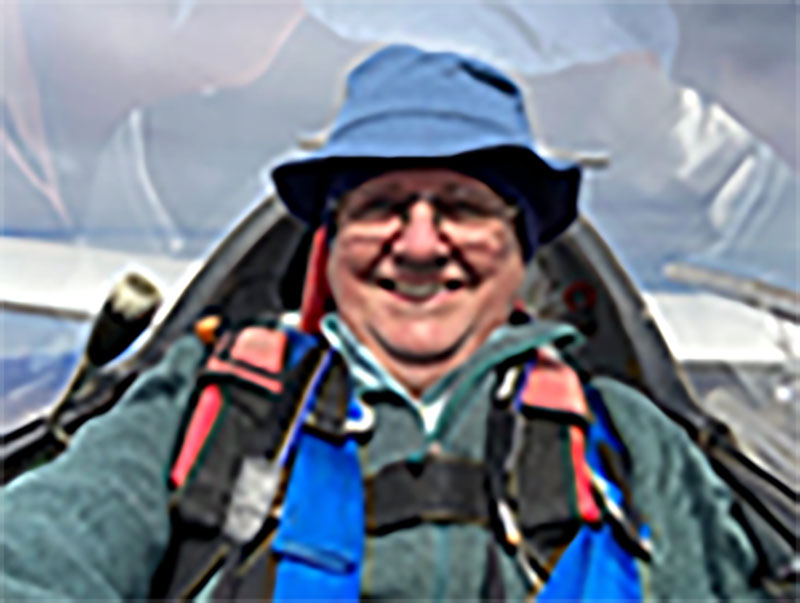
By DREW MCKINNIE GLIDING AUSTRALIA SAFETY MANAGER
Time flies! A decade ago, in mid 2012, I was a staff instructor on an Instructor Training Course at Bunyan NSW. It was a busy week, and I found myself flying with a talented young instructor candidate who had learned interstate. He was a very accurate pilot, safe and keen, yet it was evident that the Law of Primacy had instilled some different patter, demonstration points, technique and emphasis in spin entry and recovery. We worked through those issues, after a few very steep recoveries. Later peer group discussions highlighted some more differences in technique and patter, in several flight sequences. This lack of standardisation among trainee instructors was noteworthy; no wonder many students noted differences moving from club to club, instructor to instructor.
Lack of standardisation in turn leads to another potential problem: training induced errors, compounded by the Law of Primacy – what is learned first, sticks, and is more difficult to unlearn and retrain!
My later experiences as RMO NSW then GFA Operations Chair featured many discussions about how we should improve standardisation, training methods, handover/takeover, demonstrations and patter, and guard against instilling bad habits that might bite later on.
The Operations team looked at strengths and weaknesses in how we trained pilots and instructors. The Glider Pilot Certificate (GPC) syllabus had been in use for some time, with coaching and instructing co-existing but not well integrated. The Instructor’s Handbook was dated, not easily used for GPC training, with some embedded training error problems. Remember the input-focussed Check 1 and Check 2 that contributed to some awful landing problems, ballooning and heavy landings. Coaching materials were disparate.
I can vouch for the enormous efforts applied by many great instructors and coaches over several years to restructure the Integrated Training System, to better blend both coaching and instructing into a single training continuum. Many days were spent by many volunteers, with tens of thousands of keystrokes, to take the GPC syllabus and capture the wisdom embedded in the old Instructors Handbook, converting it to competency-based units. Parallel work on better training Air Experience Instructors in initial training sequences and training principles and techniques informed this process. I dip my lid to the Operations and Soaring Development teams who have brought the Integrated Training Program so far. Diminished distinctions between instructing and coaching are also welcomed; we are all trainers, and hopefully better mentors to our trainees.

The ITP is not perfect. It has flaws, yes, and some clubs and instructors may find it initially harder to use. Some clubs are very comfortable with the logbook progress record sheets. Other clubs find them non-intuitive and prefer to focus on recording progress notes, similar to traditional logbooks. I also acknowledge that until we are familiar with using the progress record sheets, and the 1-5 competency scale, they sometimes take more time to complete.
The Pilot Training Guides used by students are very popular with younger trainees. The Trainer’s Guides for each GPC unit are carefully structured. I recommend that all trainers really focus on the wisdom in the yellow text boxes: Key Messages – a superb aid to standardisation and safer practices; Notes – Cautions, Common Problems, Gotchas and Remedies. Much work has gone into graphics and diagrams, to simplify lesson planning and briefings. If all our trainers use these (briefly) we can make training much better for our students, with more confidence that essentials are properly and safely taught.
The Training Principles and Techniques Manual (TPT) is a massive improvement on the old Instructors Handbook Part 1. It is updated with much useful material on the process of training, adult learning, laws of training, biases, human factors, communications, threat and error management, thresholds of intervention, etc. Every coach, every instructor, every trainer in all aspects of gliding operations and maintenance will benefit from reading this and applying these insights.
We have just completed our first face-to-face (F2F) Executive and Board discussions since the accursed Covid changed our lives. I can affirm that the Operations and Soaring Development teams will appreciate constructive suggestions and editorial corrections, improvements to our training documents, simplified means of achieving our training aims. They also agreed the strategic priority of improving training standardisation through the ITP, as an important element of better safety outcomes through better training, knowledge, skills and competence.
Yours truly, I am busy working on some post-GPC training materials, focussed on high altitude soaring safety, human factors and wave soaring. With my Safety Manager hat on, I want to assist Ops and SDP in improving training safety outcomes, keep an eye on our occurrence reporting systems to monitor training accident trends, and work hard to provide better club-level safety guidance.
A few weeks ago, I was staff instructor on another Instructor Training Course. It was fun, demanding and positive, where the trainee instructors all appreciated the logical chunking of training units, the simplicity of key messages and high value of the Training Principles and Techniques. Peer-to-peer learning was very high, and rapid progress was made. All instructors were attuned to the nexus between standardisation of training content, processes and safer flying operations.
































